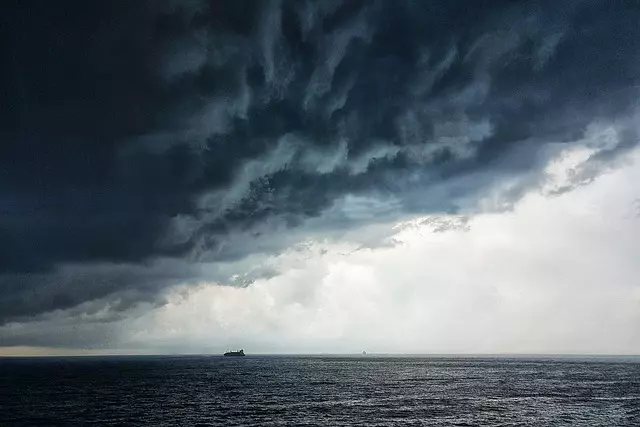Climate variability as a challenge for science and art Broto.eco
Climate variability as a challenge for science and the arts Broto.eco
Climate variability has become one of the most serious problems facing humanity today. The increase in the Earth's temperature, the intensification of extreme weather events and changes in the ecosystem have enormous consequences for our environment. As a result, science and art must respond to these challenges and contribute to a better understanding of climate variability and promote actions to mitigate it.
Science has long been a major tool in understanding the complex climate system. Scientific research provides evidence of climate change and its causes, including greenhouse gas emissions from human activities. Scientists analyze climate variability based on historical data, computer models and field observations. Scientific knowledge is fundamental in developing strategies to address climate change and take action in response to its effects.
But science is not the only area that is responsible for combating climate variability. Art, especially in the field of ecology and the environment, also has an important role to play. Broto.eco is an example of an organization that combines science and art to promote climate awareness and help create positive change.
Broto.eco is an art initiative that engages artists, scientists and the community in a dialogue about climate variability and ways to address it. Broto.eco organizes art exhibitions, workshops, community events and talks, focusing on climate topics. The organization aims to raise climate awareness by using art as a tool to communicate and inspire change.
One of the main focuses of Broto.eco's activities are art exhibitions that showcase the theme of climate variability and its impact on our lives. With artistic installations, paintings, sculptures and other art forms, Broto.eco conveys an emotional and engaging message about climate change. In this way, art becomes a tool to attract attention and generate dialogue about this important issue.
However, Broto.eco is not just about art exhibitions the organization engages the broader community through workshops and community events. Through these activities, groups of people can work together creatively on solutions to mitigate climate variability. Workshops on sustainable living, recycling, renewable energy or organic farming provide the practical knowledge and tools necessary for personal engagement.
Quality education also occupies an important place in Broto.eco's activities. The organization conducts lectures, seminars and panel discussions that provide information and encourage further development of knowledge about climate variability. In this way, science and art come together to expand our understanding of the problem.
However, it should not be forgotten that the fight against climate variability also requires action at the global level. Large organizations and politicians must act to bring about systemic change and reduce greenhouse gas emissions. Broto.eco is also active in this field and works with other organizations and institutions to promote sustainable development, environmental protection and the reduction of climate variability.
While climate variability poses a huge challenge to science and the arts, Broto.eco shows that through collaboration and community involvement we can act as a powerful force for change. Science provides us with tools and knowledge, while art inspires and engages us emotionally. Together, we can meet this powerful challenge and make positive changes for our planet.
Summary
Climate variability is one of the greatest challenges we face today. Science and art play an important role in understanding and solving this problem. Broto.eco is an initiative that combines science and art to raise climate awareness and create change. Through exhibitions, workshops, community events, education and collaborations with other organizations, Broto.eco shows that through active engagement we can make positive changes for our planet. Climate variability is a real problem, but with science and art working together, we can find solutions and reduce its impact on our lives. This is a challenge we must take on for the sake of our planet and future generations.
